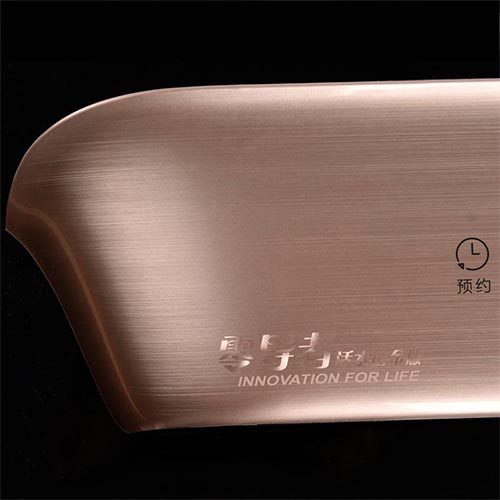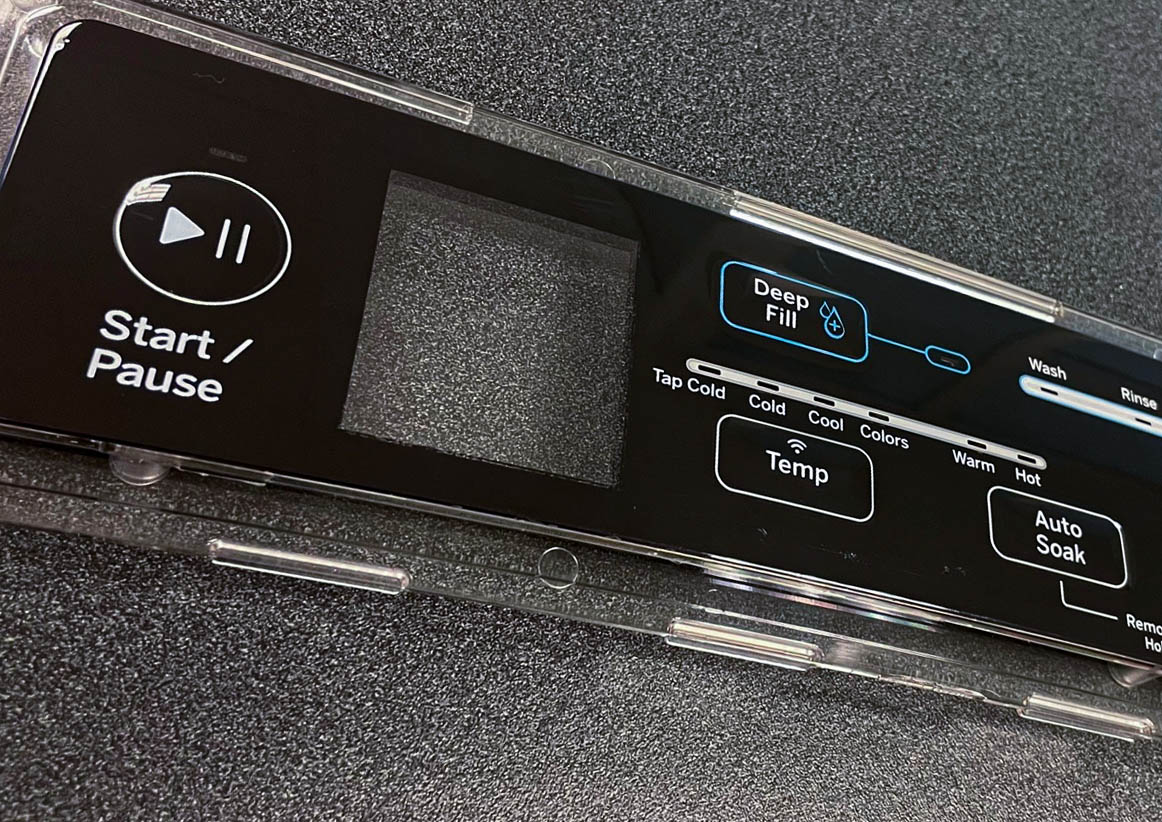Enhancing Item Appearances: The Function of In-Mold Decorations in Production
Enhancing Item Appearances: The Function of In-Mold Decorations in Production
Blog Article
Grasping In-Mold Decorations: Methods, Fads, and Best Practices for Optimal Results
In the world of production, the art of in-mold decors stands as a critical aspect of product style and manufacturing. In-Mold Decorations. By delving into the methods, patterns, and ideal techniques that underpin successful in-mold design processes, companies can open a realm of possibilities that not only boost the aesthetic attraction of their items yet likewise simplify manufacturing efficiency and reinforce customer engagement.
Material Option
Product choice is a critical facet of understanding in-mold decors, as it straight impacts the quality and longevity of the end product. When choosing products for in-mold decorations, it is important to take into consideration aspects such as compatibility with the molding process, the preferred aesthetic outcome, and the ecological problems the item will encounter. Thermoplastic materials like abdominal, polypropylene, and polycarbonate are commonly made use of for in-mold designs due to their convenience and capacity to achieve intricate layouts. These materials supply exceptional moldability, enabling suppliers to produce complex shapes and patterns with accuracy.
Furthermore, the picked material must have good bond residential properties to guarantee that the decoration sticks securely to the substrate throughout the molding procedure. Adhesion in between the product and the decoration is essential for preventing delamination and guaranteeing durable aesthetic appeal. Furthermore, products with high warmth resistance are preferred for in-mold decorations, particularly for items that will certainly be revealed to elevated temperatures during their lifecycle. By very carefully choosing the ideal material for in-mold decorations, producers can improve the total top quality and resilience of their products, satisfying the assumptions of both customers and end-users.
Layout Innovation
An important aspect in advancing the field of in-mold decorations is the continuous exploration and application of style technology methods. Design innovation plays an essential role in boosting the visual charm, functionality, and overall top quality of items produced using in-mold decor procedures. By incorporating cutting-edge layout aspects, producers can differentiate their items in the marketplace, draw in consumers, and remain in advance of competitors.
One of the vital facets of style innovation in in-mold decorations is the assimilation of elaborate patterns, structures, and graphics that were previously testing to accomplish with traditional decor techniques. Advanced technologies such as 3D printing and electronic design devices enable developers to create facility and comprehensive layouts that can be seamlessly moved onto molded components. In addition, making use of dynamic shades, metallic finishes, and special impacts like gloss or matte appearances can even more boost the visual charm of in-mold decorated products.
In addition, design advancement extends beyond aesthetic appeals to incorporate functional improvements such as ergonomic forms, integrated functions, and personalized aspects that satisfy specific user needs. By accepting layout advancement, manufacturers can unlock new possibilities for creativity, personalization, and item differentiation in the competitive landscape of in-mold designs.
Production Efficiency
Effective production processes are crucial for converting the ingenious styles developed in the field of in-mold decors right into premium finished items that satisfy market demands and customer expectations. In the realm of in-mold decors, production efficiency incorporates numerous essential aspects that add to the general success of the production process.
Automation not only accelerates the manufacturing procedure yet likewise improves accuracy and repeatability, leading to an extra top quality and uniform end product. On the whole, an alternative method to production effectiveness is extremely important in maximizing the capacity of in-mold design techniques and attaining optimum outcomes in the affordable market landscape.
Top Quality Control Steps
What are the key techniques for guaranteeing rigid quality assurance procedures in the realm of in-mold decorations? Quality assurance steps are critical in in-mold design processes to make sure the manufacturing of perfect and premium finished items. One crucial approach is the implementation of published here extensive evaluation procedures at every phase of the manufacturing procedure. This entails performing comprehensive visual examinations, dimensional checks, and color consistency evaluations to identify any kind of issues or inconsistencies beforehand.
Making use of advanced technologies such as computerized evaluation systems can likewise improve the quality assurance procedure by offering reliable and exact information for evaluation. These systems can identify blemishes that might be missed out on by hands-on inspections, thereby improving general product quality and uniformity.

Routine training and development programs for employees associated with the in-mold decor process can also contribute to preserving high-grade requirements. By informing personnel on ideal methods, quality assumptions, and the importance of focus to detail, companies can foster a culture of top quality awareness throughout the organization.
Consumer Allure
To enhance the marketability of in-mold decor items, providing and comprehending to consumer choices play a crucial function in determining their allure and success. Supplying customization choices such as personalized layouts, shade variants, and textural elements can significantly enhance the charm of in-mold design items.

Conclusion
In-mold designs provide a flexible and effective way to enhance item aesthetic appeals. By meticulously picking materials, welcoming cutting-edge designs, optimizing manufacturing processes, carrying out quality assurance actions, and prioritizing customer appeal, producers can attain ideal outcomes. It is crucial for companies to continuously adapt and enhance their approaches to stay affordable in the marketplace. In-Mold Decorations. Understanding in-mold decors calls for an all natural strategy that thinks about all facets of the manufacturing procedure to make sure success.
In the world of manufacturing, the art of in-mold decors stands as an essential element of product design and manufacturing. Design discover here innovation plays an essential duty in boosting the visual charm, capability, and total quality of items produced utilizing in-mold decoration procedures.One of the key elements of style advancement in in-mold designs is the assimilation look at more info of detailed patterns, appearances, and graphics that were previously challenging to achieve with conventional design approaches.Reliable manufacturing procedures are important for converting the innovative designs created in the field of in-mold decorations into top quality finished items that fulfill market demands and consumer expectations. Supplying personalization alternatives such as personalized designs, shade variants, and textural components can dramatically boost the appeal of in-mold decor items.
Report this page